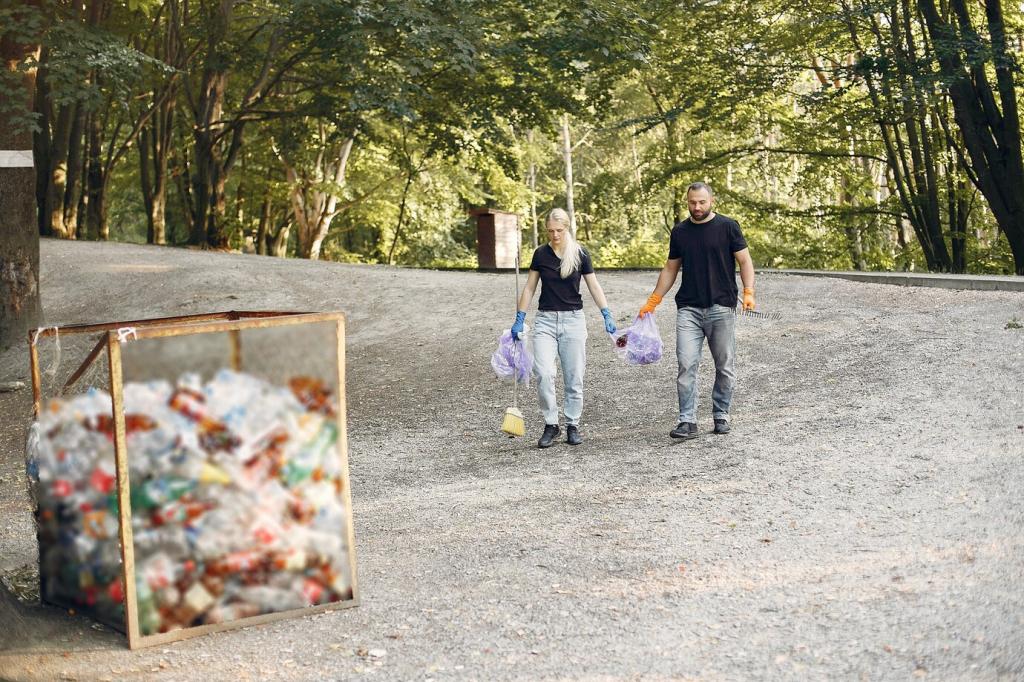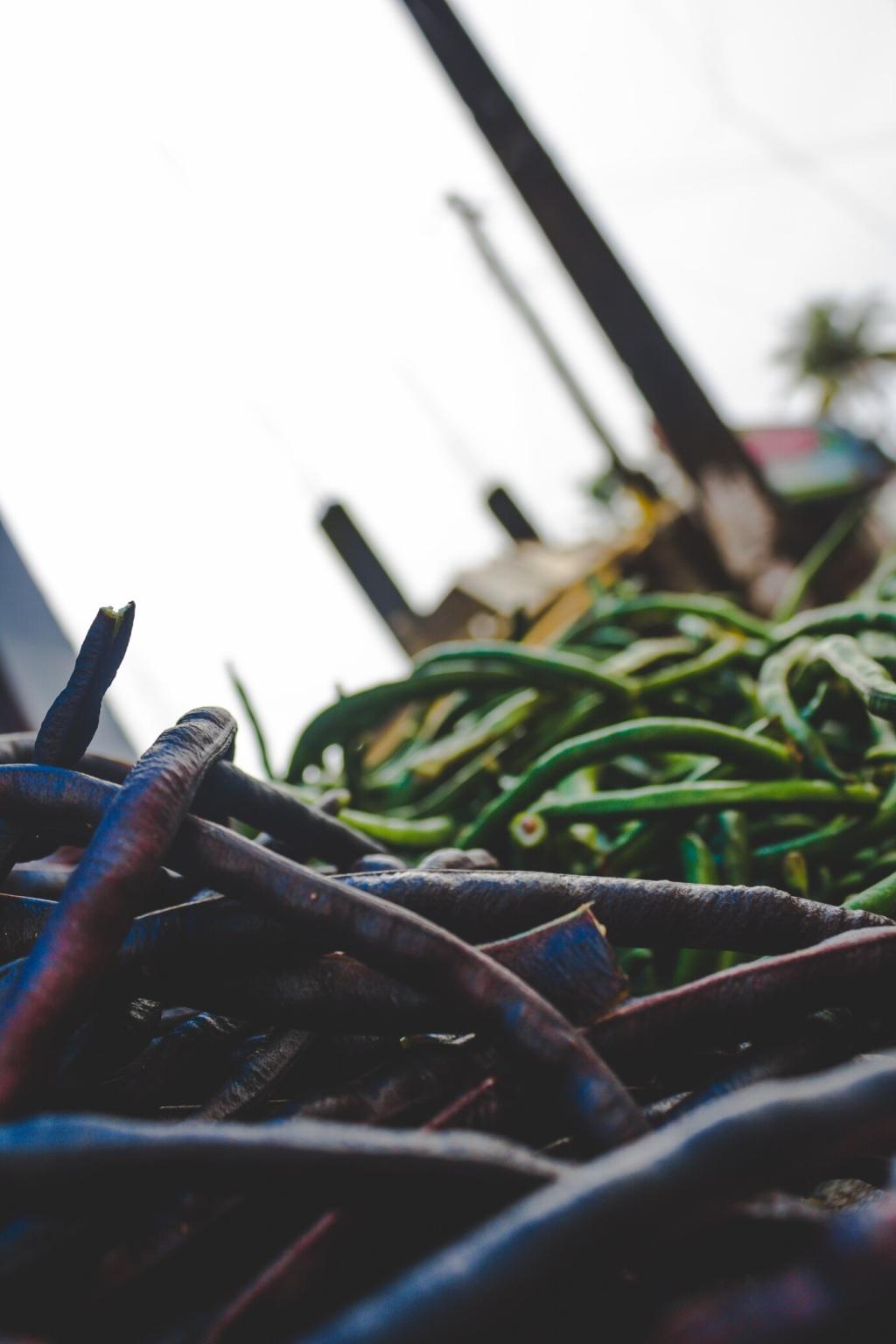Zero Waste Living: Advanced Urban Compost Methods
Urban composting has evolved far beyond simple backyard piles, becoming a critical component of zero waste living in cities. With increasing urbanization and waste production, innovative compost methods tailored for limited space and high-density living environments are essential. This page explores advanced urban compost techniques, addresses common challenges, and offers guidance on integrating compost practices into modern city life, helping individuals and communities transform organic waste into valuable resources.

The Science Behind Urban Composting

Successful composting hinges on harnessing the power of diverse microbial communities. Bacteria, fungi, and actinomycetes each play vital roles in breaking down organic matter and recycling nutrients. In the controlled conditions of advanced urban composting, maintaining the right moisture, aeration, and temperature encourages beneficial microbes to thrive. These organisms metabolize sugars, cellulose, and proteins, generating heat as a byproduct and hastening the transformation into mature compost. By understanding and fostering these microscopic communities, urban dwellers can accelerate composting cycles and reduce disease risks commonly associated with improperly managed organic waste.
Innovative Compost Systems for City Spaces

Bokashi Fermentation Systems
Bokashi represents a revolutionary approach for urban composters with minimal space. This Japanese-inspired fermentation process relies on inoculated bran containing effective microorganisms to pickle food scraps, including meat and dairy, often off-limits in traditional composting. Bokashi buckets fit easily under sinks or on balconies and are nearly odorless, making them ideal for apartments. After fermentation, the resulting material can be added to soil or traditional compost bins for final breakdown. Bokashi systems drastically reduce landfill waste, enabling apartment residents to responsibly process almost all food scraps, turning what was once a nuisance into a valuable asset for plants and gardens.

Vermicomposting for Vertical Living
Vermicomposting, or worm composting, is particularly well-suited for urban settings and limited spaces. Specialized worm bins house red wigglers that consume food scraps, producing nutrient-rich castings prized by gardeners. Modern designs include stackable trays and sturdy construction, fitting easily on balconies, in utility rooms, or beneath kitchen counters. The process is remarkably low-maintenance and emits minimal odor, provided inputs are balanced and conditions monitored. Worm composting offers a hands-on, educational way for city dwellers of all ages to engage with the zero waste process, turning food waste into garden gold and fostering a deeper connection to food and the environment.

Automated and In-Vessel Composters
For urbanites seeking a near-effortless experience, automated and in-vessel composters offer cutting-edge solutions. These appliances are designed to handle a variety of food wastes, using controlled aeration, heating, and mixing to accelerate decomposition. Some models reduce waste to compost in as little as 24 hours and feature odor-control technologies that allow them to operate indoors without issue. Though they require an upfront investment, these systems make composting feasible for even the busiest city residents. By streamlining compost production, automated solutions lower barriers to entry and support the proliferation of zero waste habits across diverse urban demographics.
Community Initiatives and Shared Compost Resources
Neighborhood Compost Drop-Off Sites
Many cities are establishing local drop-off points where residents can deposit food and yard waste for communal processing. These hubs are often managed by non-profits, urban farms, or municipal sustainability programs. They provide training and tools for proper composting, ensuring contamination is minimized and end products meet community needs. Drop-off sites create an opportunity for participation beyond the home, allowing those without space or time for personal systems to engage with zero waste goals. The compost generated supports local greening projects, uniting neighborhoods around tangible environmental progress.
Cooperative Composting Programs
Cooperative composting initiatives bring together residents of apartment buildings, co-ops, or entire neighborhoods to share the responsibilities and rewards of composting. Participants may rotate duties such as collecting waste, maintaining bins, or distributing finished compost to local gardens. These programs foster stronger social ties, reduce duplication of effort, and allow for pooling resources to invest in higher-capacity or technologically advanced compost systems. As cities grapple with mounting waste, cooperatives demonstrate the power of collective action and shared purpose, making meaningful sustainability achievable at the local level.
Compost for Community Agriculture
Urban agriculture projects depend on a steady source of organic matter to maintain fertile, productive soils. Community composting bridges the gap by channeling household and commercial food waste to local farms, school gardens, and green spaces. This closed-loop model returns nutrients to the land, boosts food security, and reduces dependence on external inputs. Advanced urban composting techniques ensure that the resulting material meets high quality standards, supporting robust plant growth and a healthier urban ecosystem. By linking waste diversion to community food production, cities create resilient systems that benefit everyone.
